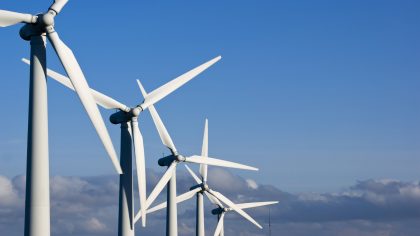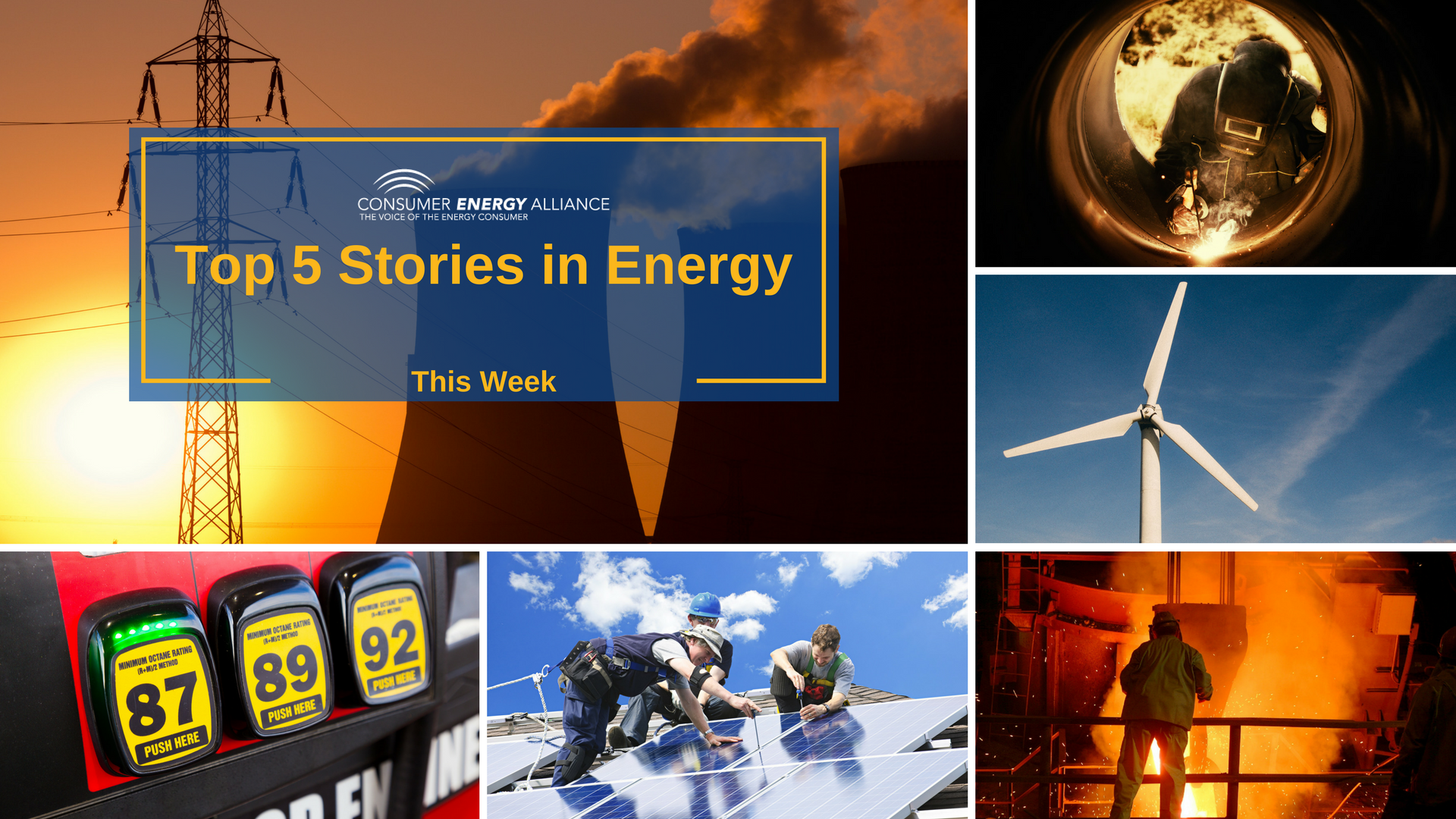U.S. Energy Storage Market is Growing
In a new analysis by Wood Mackenzie the U.S. energy storage market is expected to grow rapidly over the next few years, possibly doubling between 2018 and 2019 with utility-scale installations driving most of the growth. In recent studies, storage projects are increasing worldwide with 1,900 projects in the works – an increase of 200 since last year. These storage projects add to the efficiency and stability of the grid, improving the national security as the grid will be more resistant to disruptions. 
The White House Launches 5-Year STEM Push
In an effort to prepare for the future jobs and career paths that will face upcoming generations, the White House announced its five-year strategic plan for science, technology, engineering and math education. The National Science and Technology Council in partnership with the Committee on STEM Education worked together to develop a plan that pushes to “build strong foundations for STEM literacy, increase diversity, equity, and inclusion in STEM and prepare the STEM workforce for the future.” Basic STEM skills like computational thinking and digital literacy are among the foundational skills mentioned in the report that will help Americans be better prepared to handle the advancements in technology as well as participate in civil society.
U.S. Oil Exports Larger Surpass Imports
U.S. oil exports surpasses oil imports with a net export of 211,000 barrels per day (bpd) for the week through November 30th – the first time this has happened in recorded history. The U.S. shale revolution has helped increase production from just gasoline and diesel, boosting U.S. production to a record 11.7 million bpd. The EIA expects U.S. crude production to average more than 12 million bpd in 2019, an increase by more than 3 million bpd in 2016.

Costa Rica Goes 300 Days on Renewable Energy
Breaking the nation’s own record, Costa Rica went 300 days using only renewable energy. 98.15% of the total electricity produced in the country was from water, wind, geothermal energy, biomass and the sun. While Costa Rica generates 99% of its electricity through the following methods: hydropower (78%), wind (10%), geothermal (10%), biomass (1%) and solar (1%), its energy consumption tells a different story. Nearly 70% of Costa Rica’s energy consumption comes from oil and gas. Oil is the primary fuel for vehicles and gas for cooking.

Researchers Look to Biomass as Possible Material for Automotive and Marine Industries
Researchers from the University of Portsmouth and the University of Cambridge have been involved in the development of a lightweight and low-cost material made from date palm fibre biomass to be used in non-structural parts for the automotive and marine industries. Non-structural parts including car bumpers and door linings. Based on research, the date palm fibre was shown to have an increased malleable strength and more low-velocity impact resistance than traditional human-made composites. The significance of such studies is the possibility of using these lightweight alternatives to help reduce the weight of vehicles and thus using less fuel consumption and producing fewer greenhouse gas emissions.


